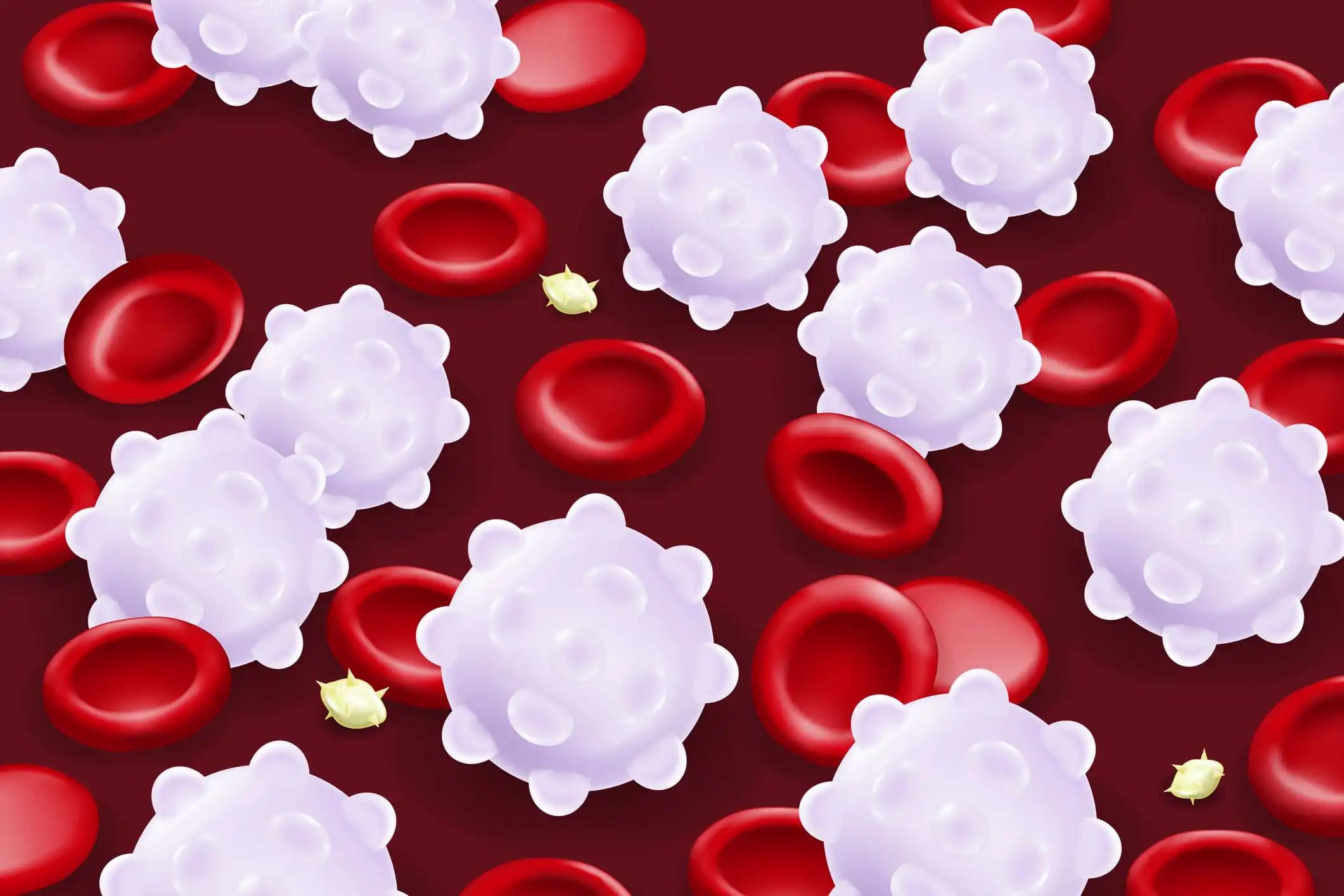KEY TAKEAWAYS
- The phase 3 PhALLCON study compared the effectiveness of ponatinib and imatinib in conjunction with reduced-intensity chemotherapy in treating pts with newly diagnosed Ph+ ALL.
- The primary endpoint was to achieve MRD-neg and CR for 4 weeks at EOI. The secondary aim was to measure EFS.
- The study concluded that ponatinib, combined with reduced-intensity chemotherapy, was superior to imatinib for pts with newly diagnosed Ph+ ALL.
The phase 3 PhALLCON trial randomized adult patients (pts) with newly diagnosed Philadelphia chromosome-positive (Ph+) acute lymphoblastic leukemia (ALL) at a ratio of 2:1 between ponatinib (administered daily at 30mg) and imatinib (given daily at 600mg). Both were paired with reduced-intensity chemotherapy throughout the end of induction (EOI), consolidation, and post-consolidation stages. After postconsolidation, pts were solely given ponatinib or imatinib until disease progression or unacceptable toxicity. The primary endpoint was to achieve MRD-negativity (with BCR::ABL1 levels at or below 0.01%) and complete remission (CR) for 4 weeks at EOI. The secondary aim was to measure event-free survival (EFS), considering factors like any-cause death, not reaching CR by EOI, or relapse after achieving CR.
In total, 245 pts participated and were divided into two groups (ponatinib/imatinib, with 164 and 81 members, respectively; the median age 54, with 37% being 60 years or older). As of August 2022, 78 pts (42% in the ponatinib group and 12% in the imatinib group) were still undergoing the study treatment. The most frequent reasons for treatment discontinuation included stem cell transplantation (30% for ponatinib, 37% for imatinib), adverse events (12% for both), and lack of efficacy (7% for ponatinib, 26% for imatinib). The median monitoring period was 20 months for ponatinib and 18 for imatinib. Ponatinib surpassed imatinib in achieving the primary objective, registering a higher MRD-negative complete remission rate (34% vs. 17%; P=0.0021). While survival statistics are yet to be finalized, the median event-free survival has been determined only for imatinib, not ponatinib, showing a possible improvement trend. Both treatments displayed similar adverse events. Anemia and platelet count decrease were the most frequently observed hematologic side effects, while non-hematologic side effects primarily included headache and nausea. Arterial occlusive incidents were rare and similar between both groups.
In newly diagnosed Ph+ ALL patients, ponatinib combined with reduced-intensity chemotherapy outperformed imatinib, showing a notably higher rate of MRD-neg CR at the induction’s end. Ponatinib reported deeper, longer-lasting outcomes and seemed to trend towards better EFS with comparable safety to imatinib.
Source: https://clml-soho2023.elsevierdigitaledition.com/244/index.html
Clinical Trial: https://classic.clinicaltrials.gov/ct2/show/NCT03589326
Jabbour, E., Kantarjian, H., Aldoss, I., Montesinos, P., Leonard, J., Gomez-Almaguer, D., Baer, M., Gambacorti-Passerini, C., McCloskey, J., Minami, Y., Papayannidis, C., Rocha, V., Rousselot, P., Vachhani, P., Wang, E., Hennessy, M., Patel, N., Vorog, A., Wang, B., Yeh, T., Ribera, J. (2023). ALL-300 First Report of PhALLCON: A Phase 3 Study Comparing Ponatinib Versus Imatinib in Newly Diagnosed Philadelphia Chromosome-Positive Acute Lymphocytic Leukemia. Clinical Lymphoma Myeloma and Leukemia, 23, S245. https://doi.org/10.1016/S2152-2650(23)00946-1



